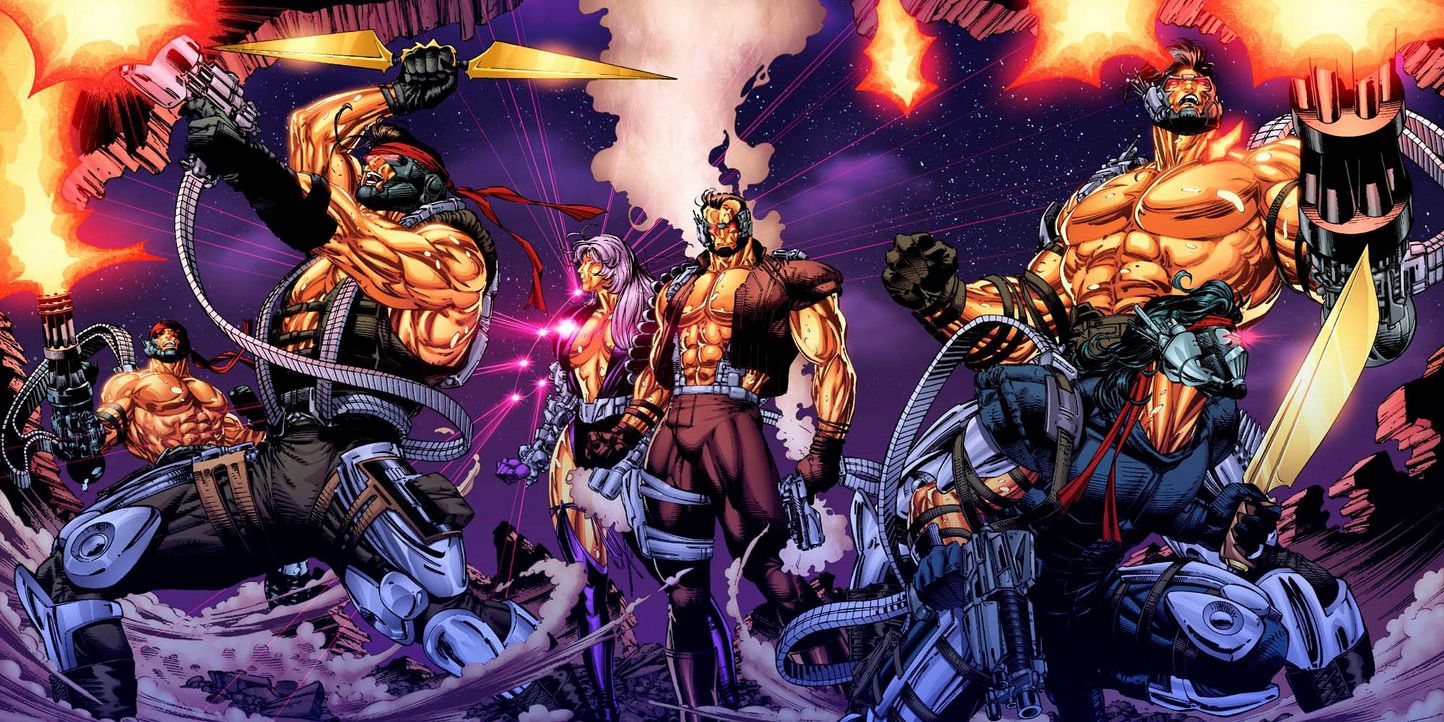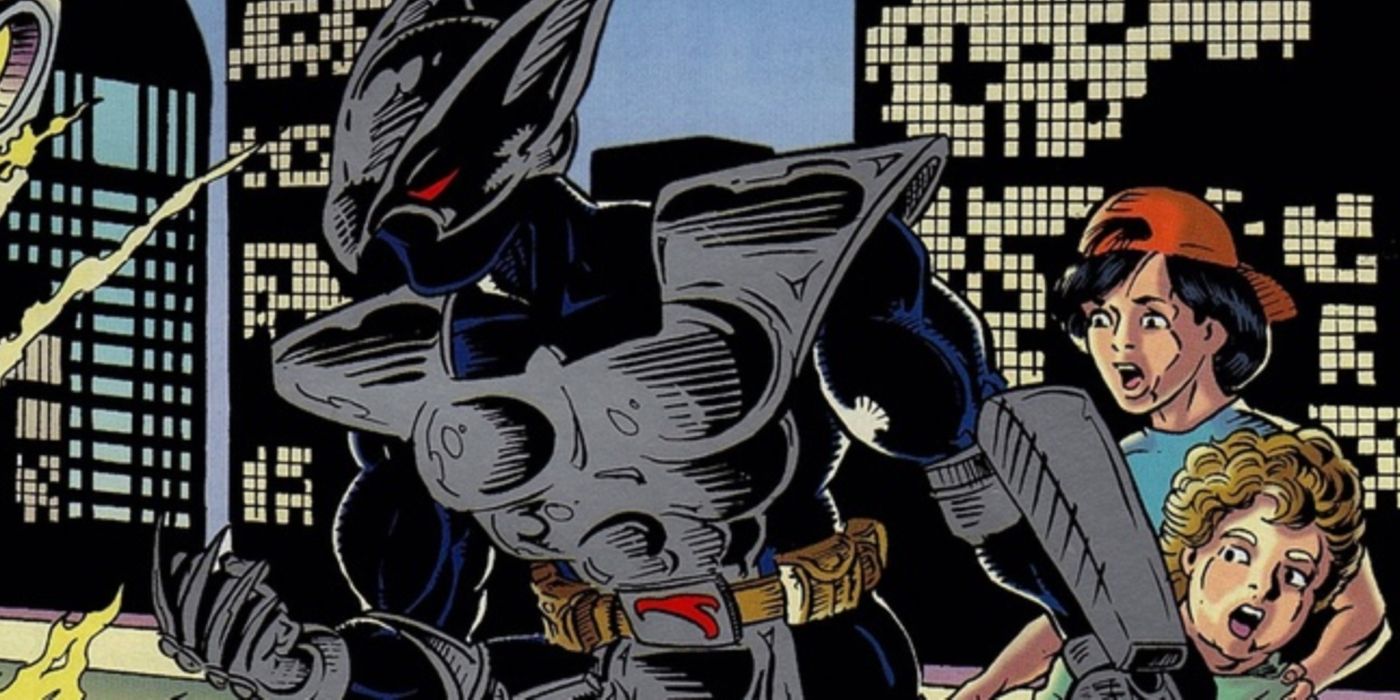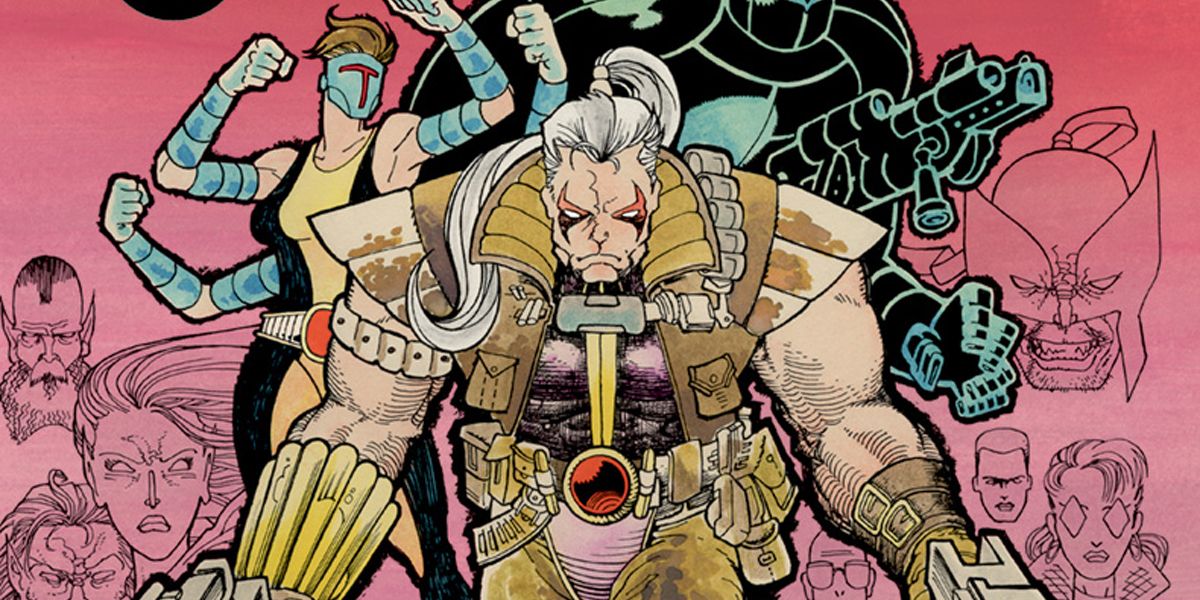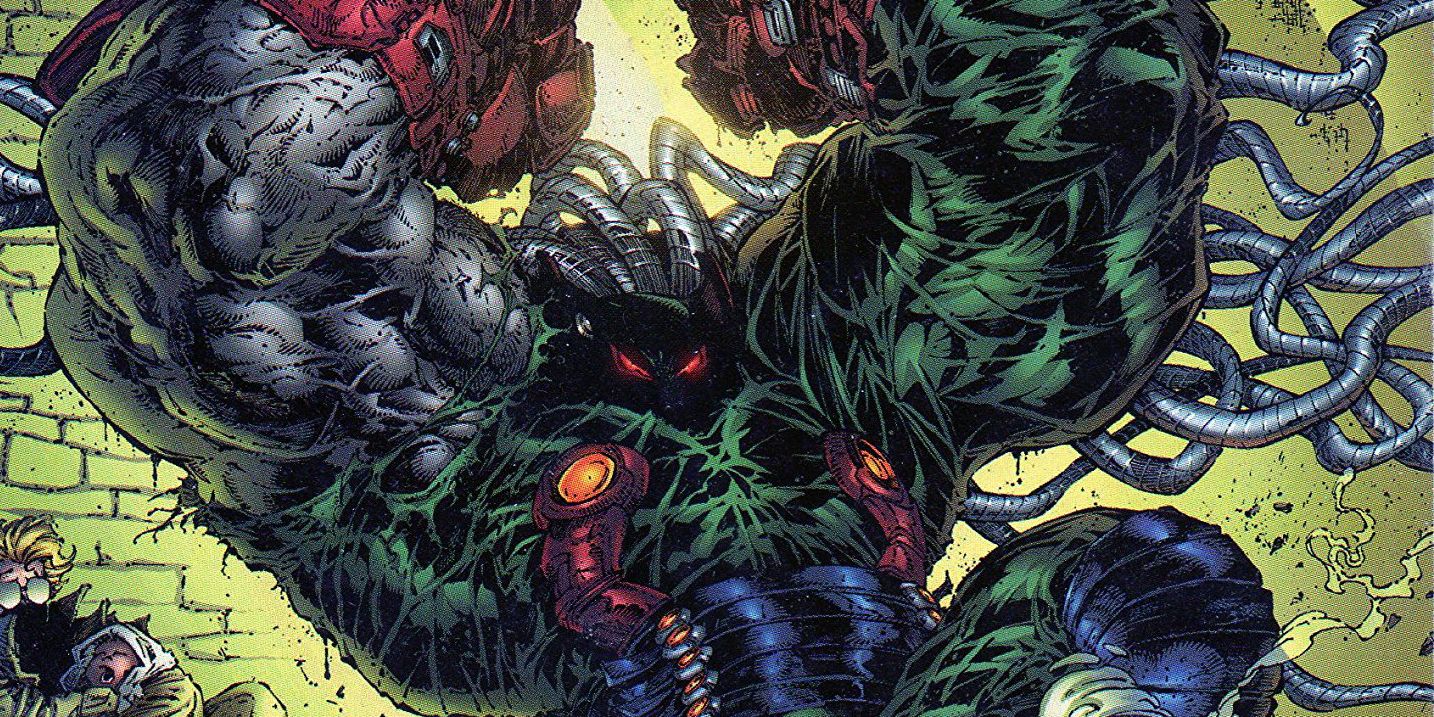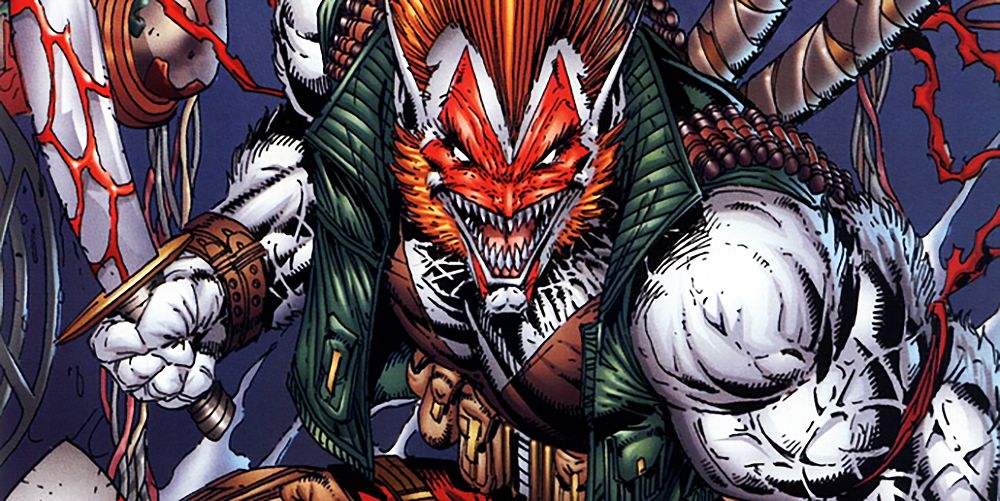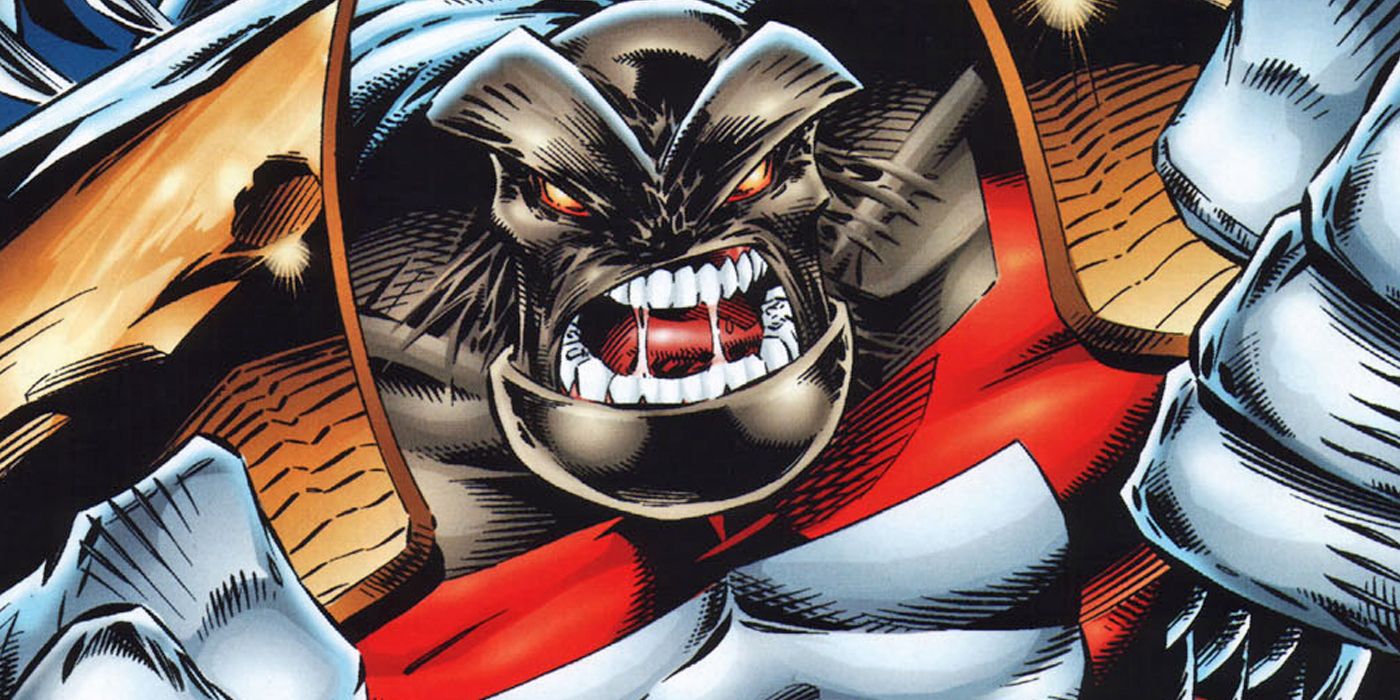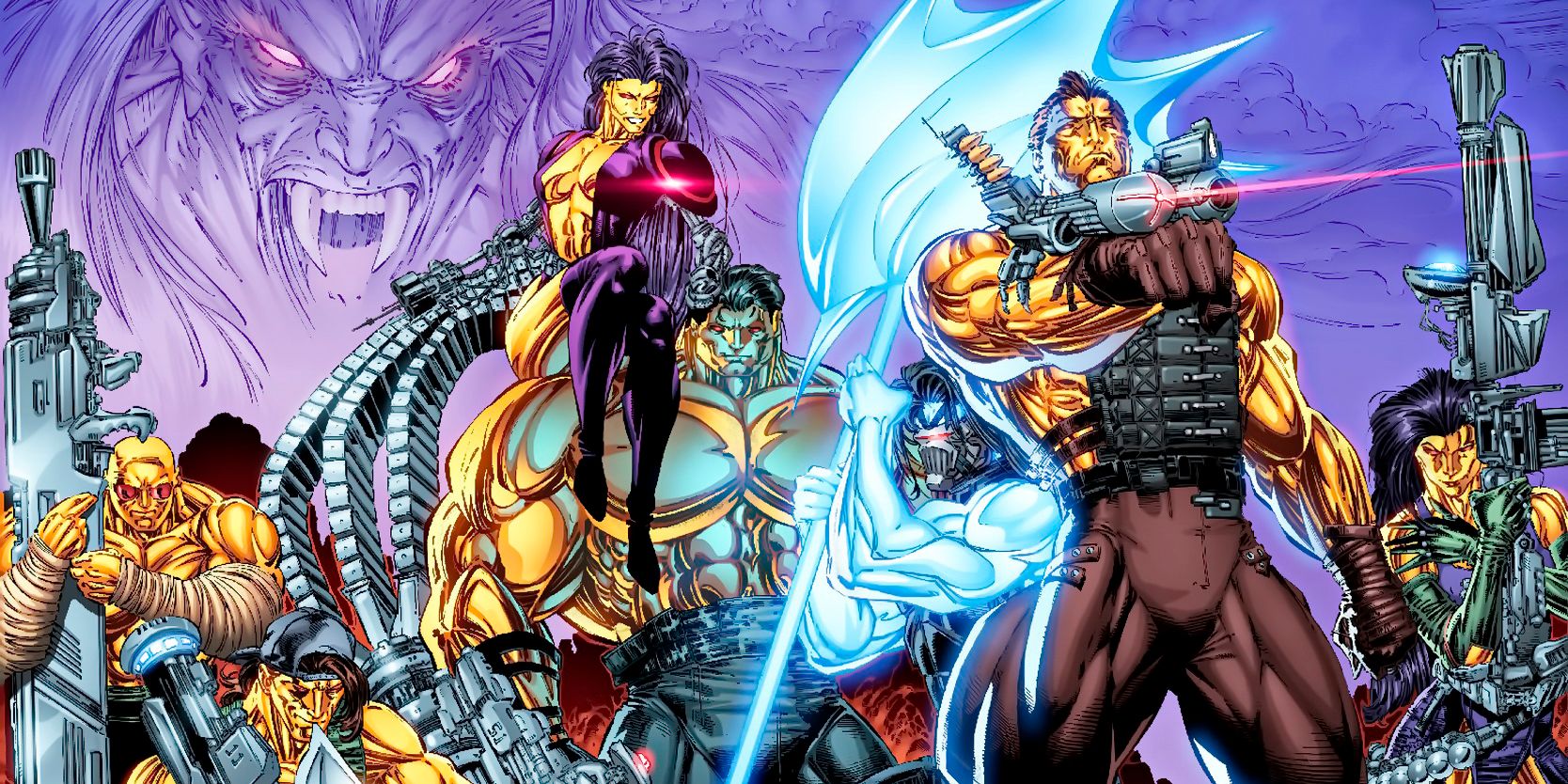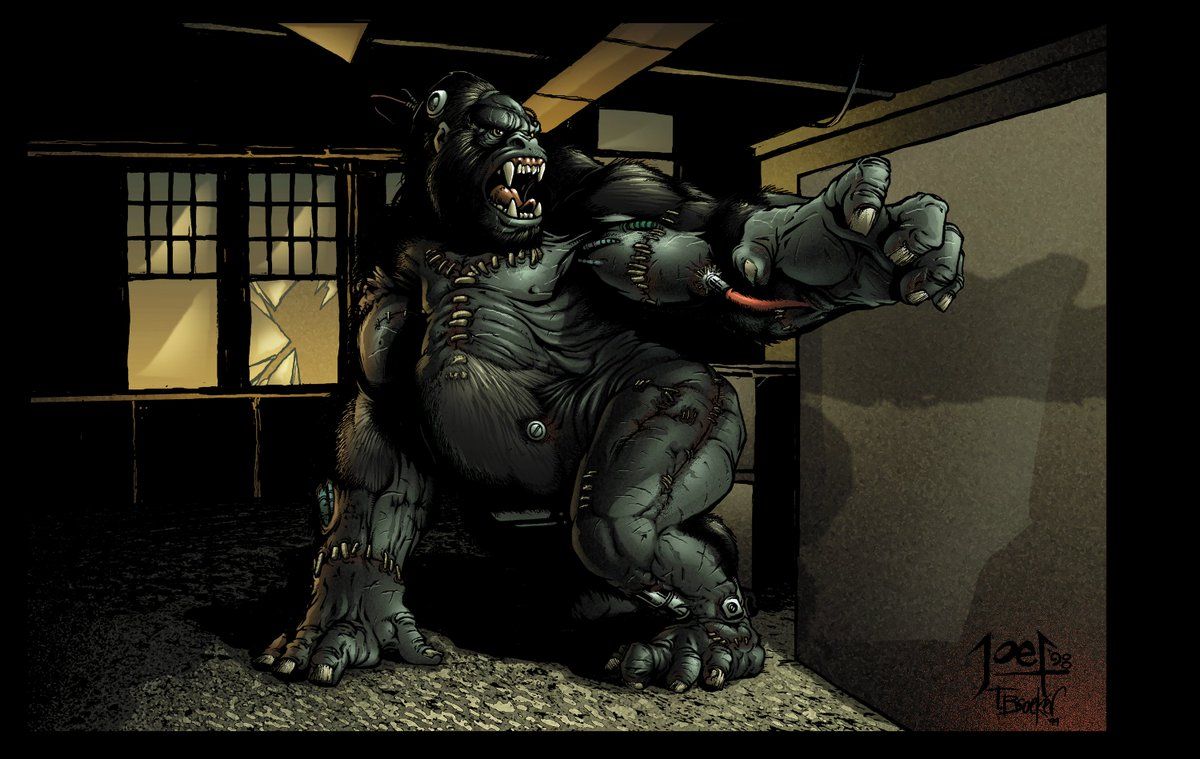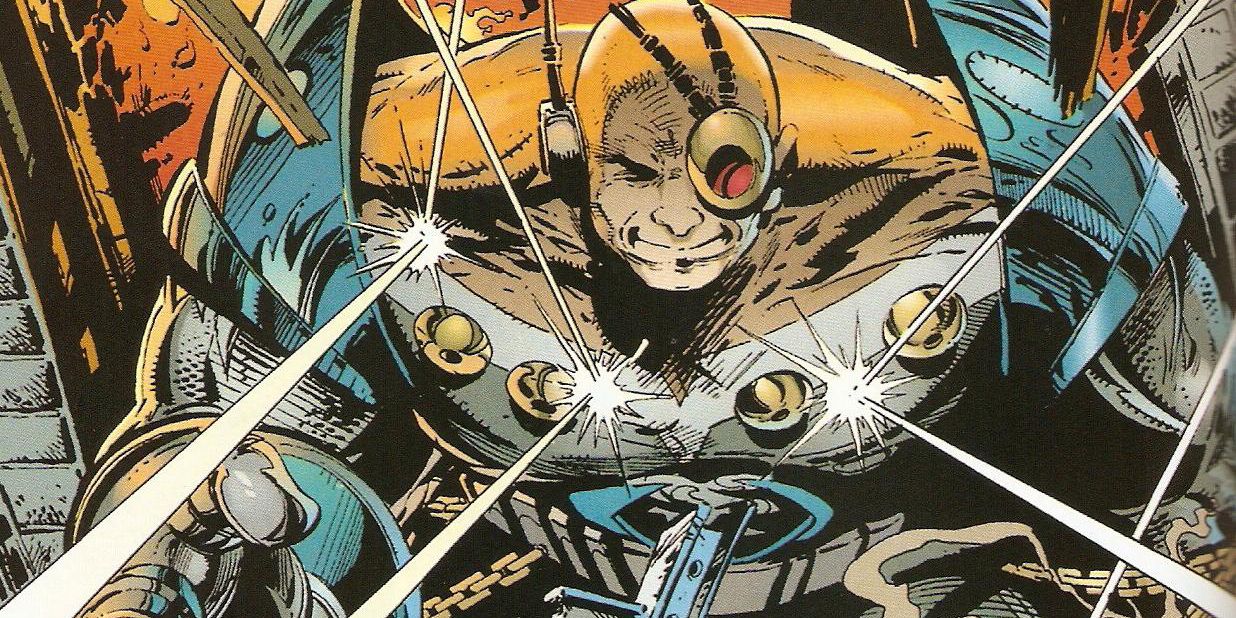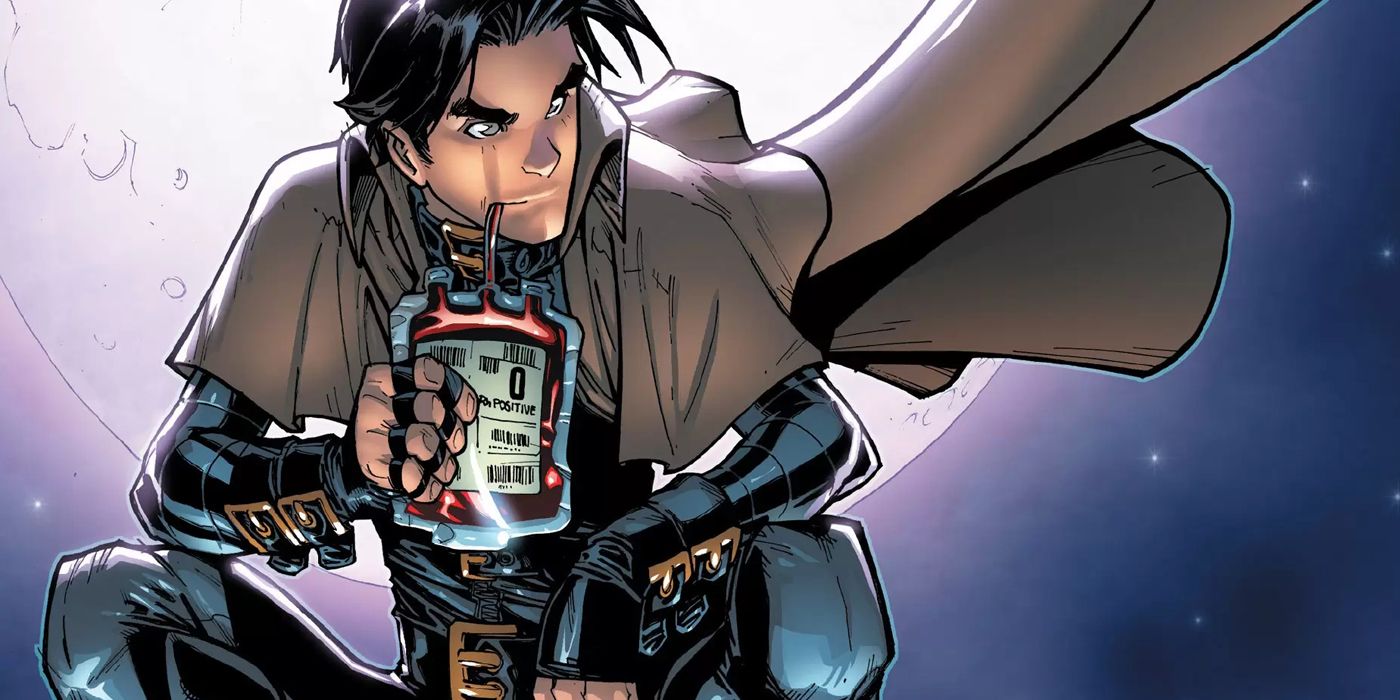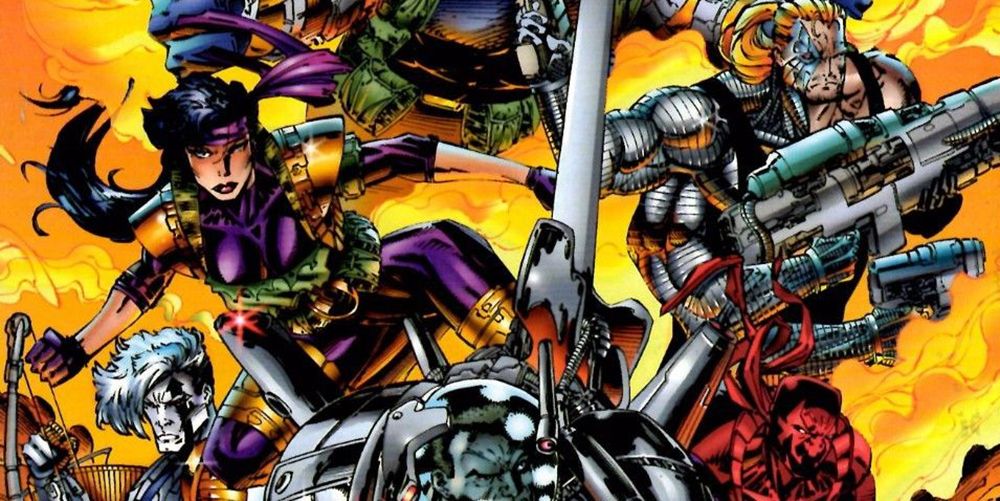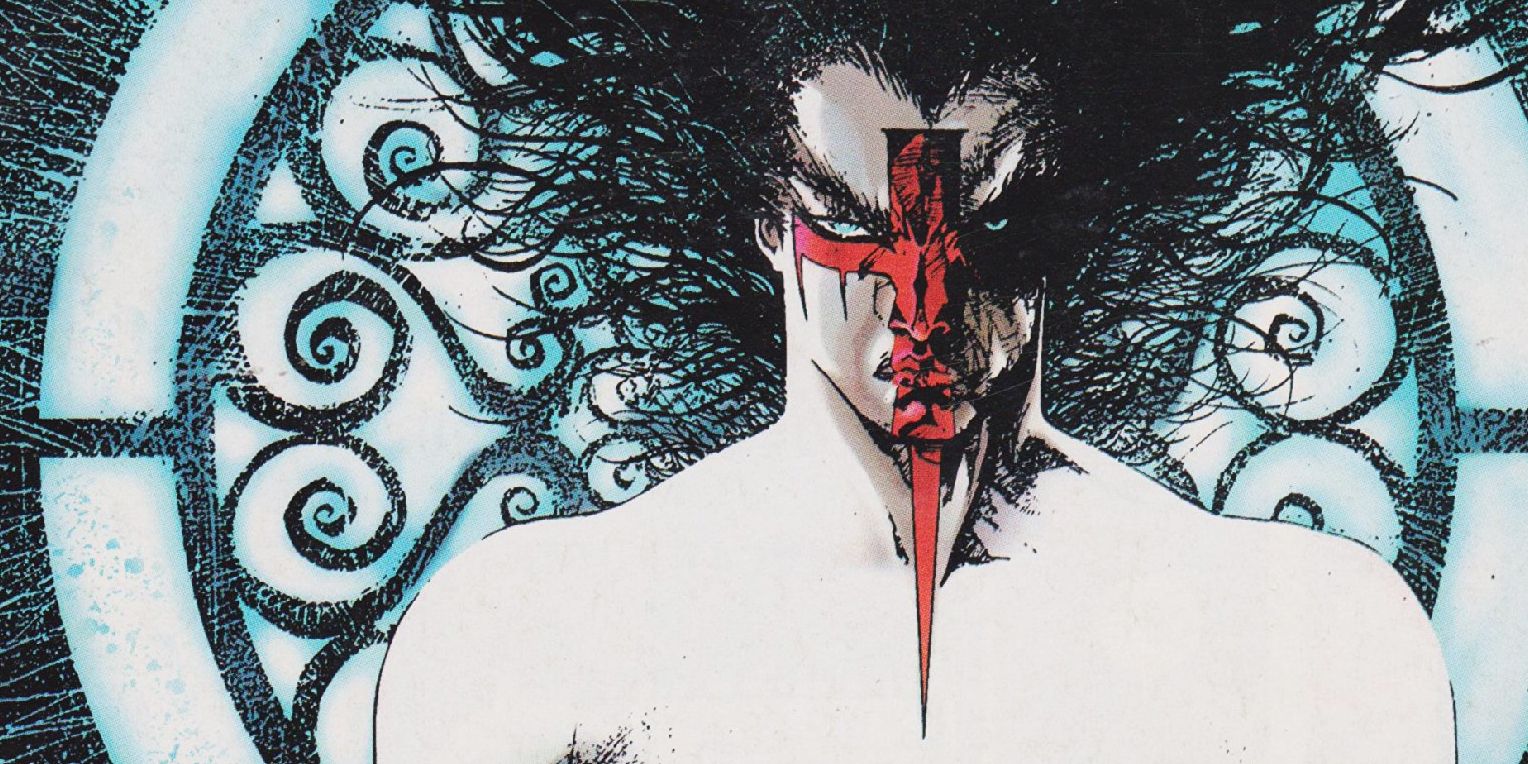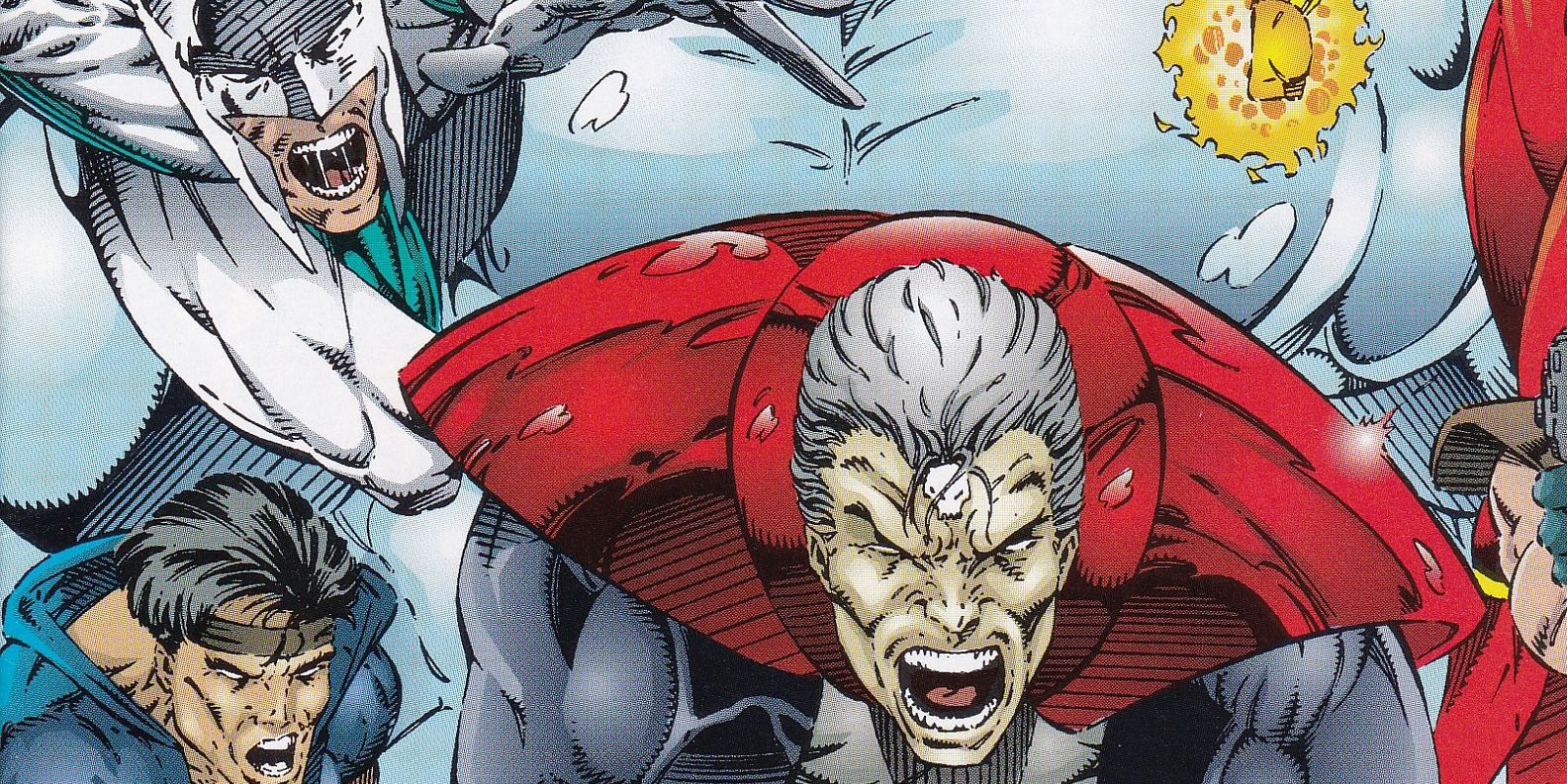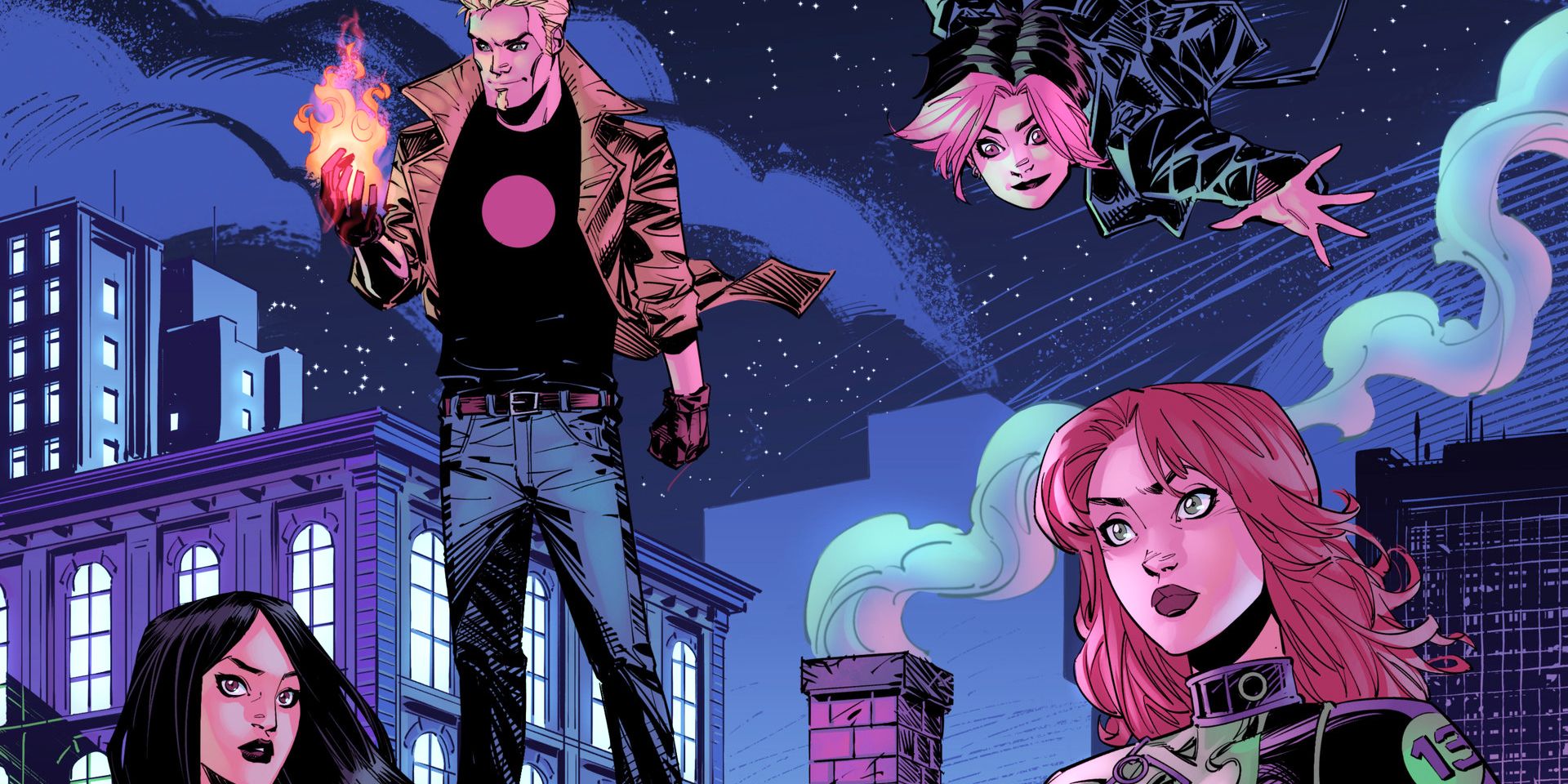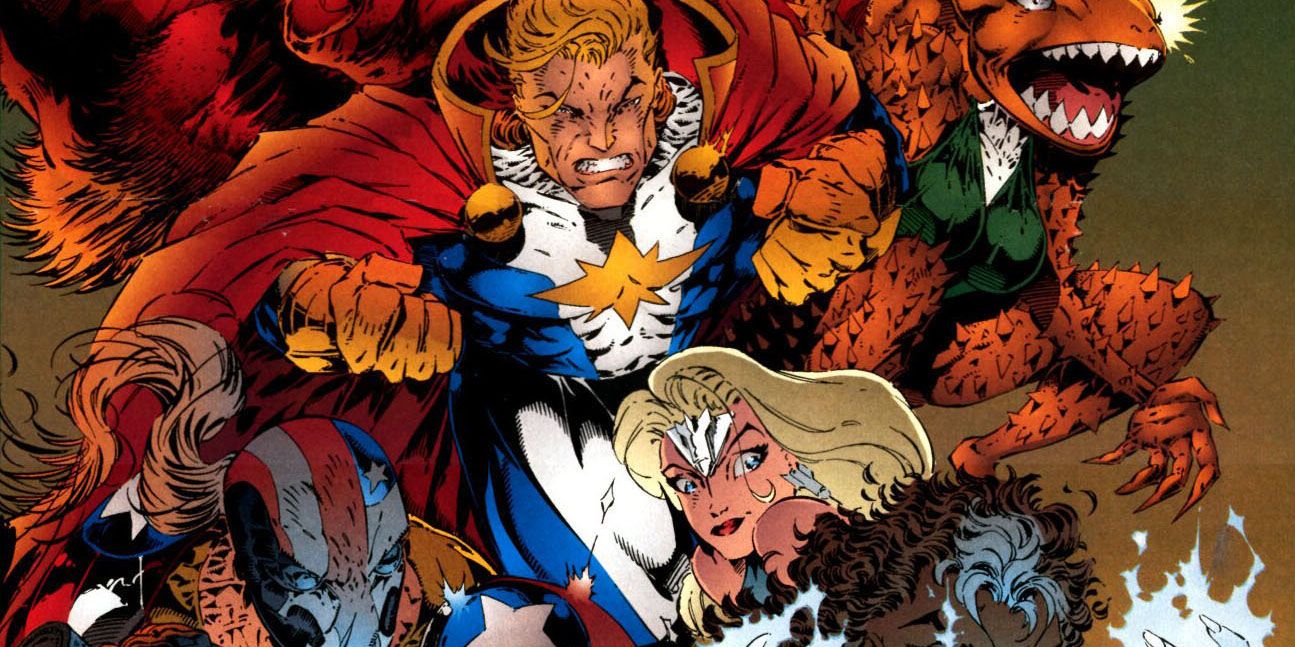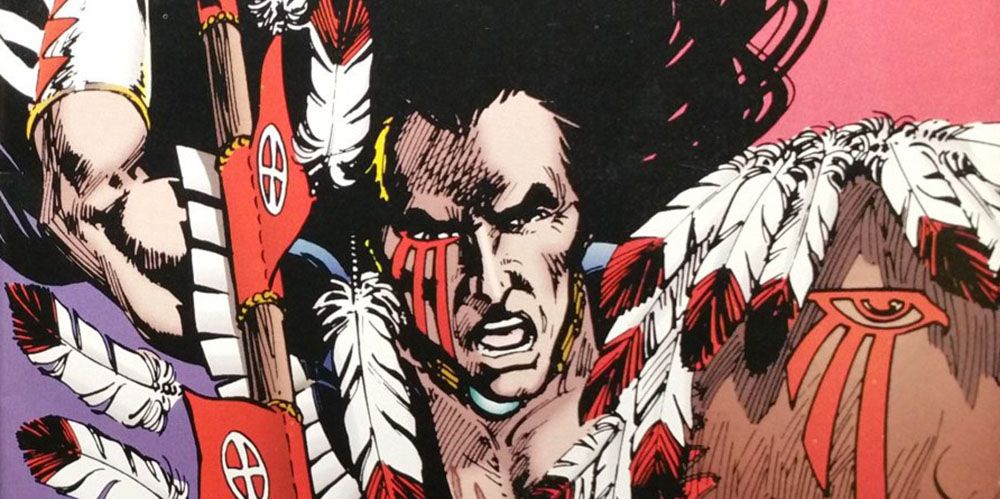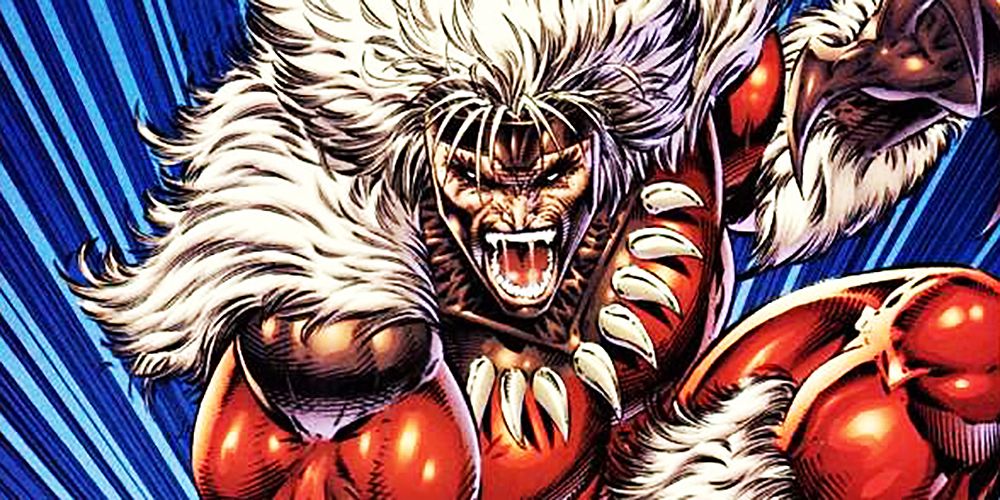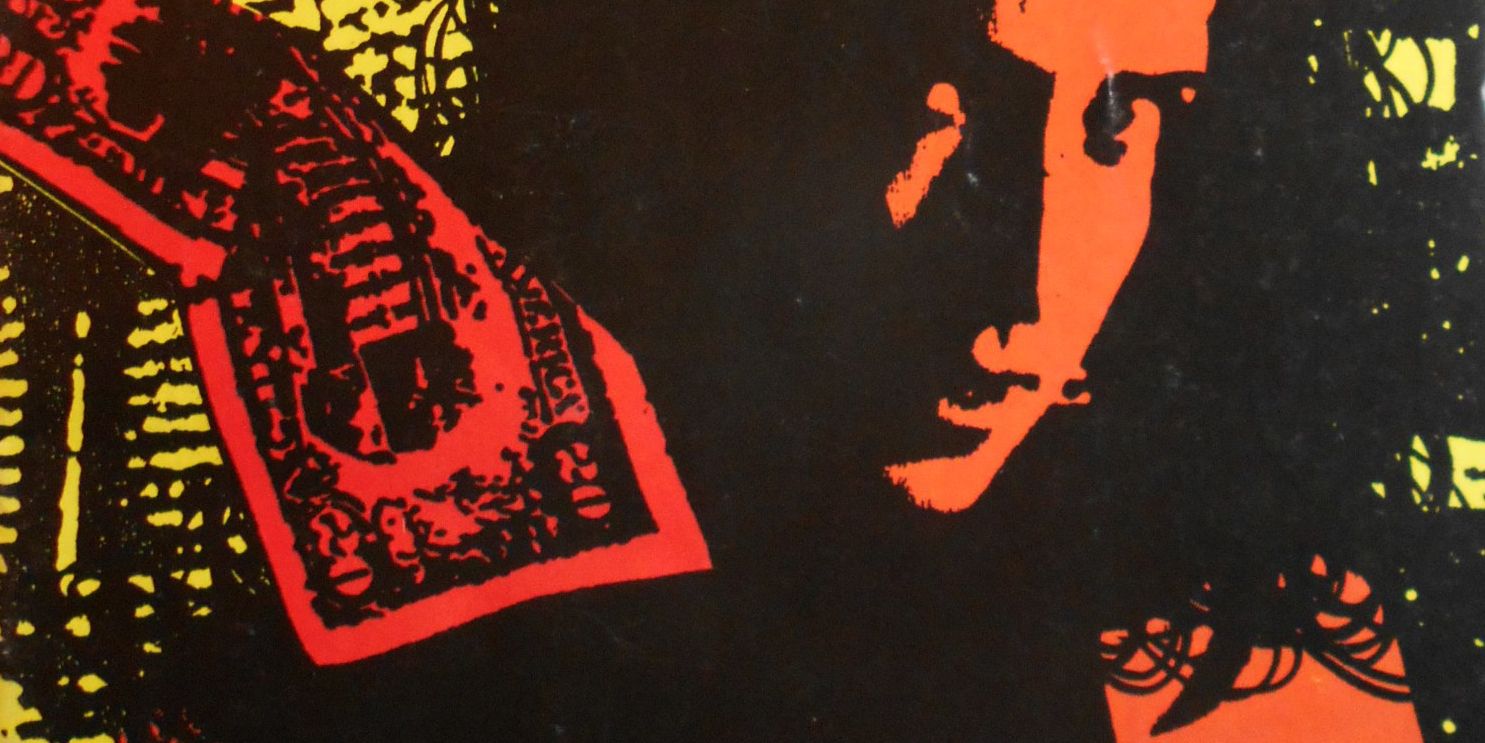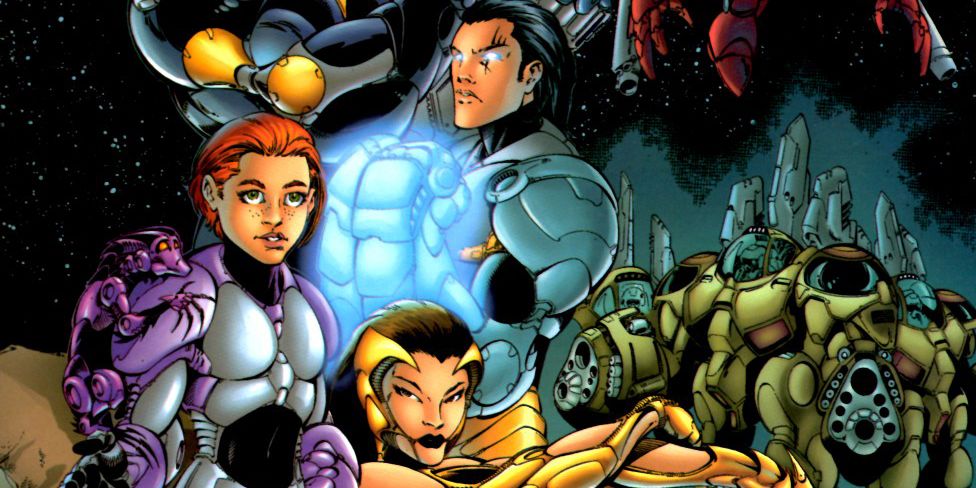Image Comics is currently the premier place for comic book creators to publish their passion projects. The creator-owned revolution of the 2000s has seen Image emerge as a genuine contender to Marvel and DC's crown in terms of sales and fan engagement. The comics put forth by Image are not only diverse in content, with every genre under the sun catered for, but also creation, with writers and artists of all races and orientations being supported by the publisher. None of this would have been possible without the seven Image founders striking out on their own in 1992 after deciding that working for Marvel was too restrictive, creatively and financially. Todd McFarlane, Jim Lee, Erik Larsen, Rob Liefeld, Marc Silvestri, Jim Valentino and Whilce Portacio started an industry revolution and became comic book rock stars in the '90s, selling millions of comics and becoming multi-millionaires in the process.
Some of the comics produced in those heady days of the '90s have stood the test of time, with McFarlane's Spawn, Larsen's Savage Dragon, Silvestri's Cyberforce and Jim Lee's WildStorm Universe still seeing publication today. Others suffered from being released during the glut of Image titles and flew under the radar, despite being good stories in their own right. And there were others still that are better left in the past, as many of the stories told at this time had an "extreme" '90s attitude that would be embarrassing to today's readers. Here are 10 Image characters we would love to see make a comeback, and 10 that can stay gone forever!
20 COMEBACK: SHADOWHAWK
When Image was initially formed, many of the founders' titles became instant mega-sellers: Todd McFarlane's Spawn, Rob Liefeld's Youngblood and Erik Larsen's Savage Dragon were all hits right out of the gate. Jim Valentino's Shadowhawk always seemed to fly slightly under the radar, though. Perhaps it was due to its more grounded, realistic tone and the fact that it tackled real-life issues such as racism, urban crime and corruption in the early '90s, this wasn't what the mostly adolescent male audience wanted from Image.
But Shadowhawk, an HIV-infected vigilante using a suit of armor to ensure his last days mean something, is a character who would definitely work if revived in 2018, given all the social and political issues affecting the world today.
19 STAY GONE: BLOODSTRIKE
The concept of Bloodstrike is so '90s it hurts. The series focused on a top-secret group of super-powered assassins who had all perished and been resurrected by a government program named Project: Born Again. Their codenames were, like the book itself, totally awesome to a 13-year-old boy but cringeworthy to anyone older than that: Cabbot Stone, Fourplay, Deadlock, Shogun, Tag and Chapel.
The series lasted for 22 issues but lacked any substance whatsoever and was one of the poster-boys for Liefeld's often criticized tendency to draw everyone with ludicrous body proportions, massive muscles, and more patches than anyone could ever need. Even worse, several of the character designs were clearly rip-offs of Marvel characters.
18 COMEBACK: THE CREECH
These days, Greg Capullo is a superstar artist at DC Comics for his work on Batman and Dark Nights: Metal. He also co-created the Image series Reborn with Mark Millar. Surely now is as good a time as any for him to resurrect The Creech, a character he created in 1997 while working for Todd McFarlane on Spawn.
Appearing in two short three-issue miniseries', Creech (who bears more than a passing resemblance to Swamp Thing) was a creature created by a genetic scientist from both human and alien DNA. The Agency, a villainous organization that wanted to use it as a weapon, tried to end its creator but the internally conflicted creature escaped. It eventually found itself in the middle of a battle between The Agency and the aliens whose DNA it shared.
17 STAY GONE: BLOODWULF
Another example of the '90s excess perpetrated by Rob Liefeld and Extreme Studios, Bloodwulf was a parody of DC's 'Main Man' Lobo. The futility of parodying a parody was seemingly lost on everyone, who must have been unaware that Lobo himself was created to poke fun at the grim n'gritty, ultraviolent comic book characters of the era.
Bloodwulf first appeared in 1993 one-shot Darker Image, followed by a four-issue 1995 miniseries and finally a Summer Special. The violence was over-the-top and the humor was juvenile, with none of the clever satire Lobo had become known for. For example, the villain of the miniseries was a verbose, flowery speaker named Gaimanwank -- a clear potshot at Sandman creator, Neil Gaiman.
16 COMEBACK: BADROCK
To prove that we're not completely anti-Rob Liefeld, we'll give him credit where it's due: not all of the characters he created were totally without merit and Badrock is certainly our favorite. First appearing in Leifeld's Youngblood #1 (at the time the highest-selling independent comic of all time), Badrock was an under-achieving 16-year-old who became a hulking superhero with skin made out of granite-like organic rock when he drank a vial of top-secret genetic material.
Easily the most popular member of Youngblood, he was a hugely likeable character and this was reflected in the fact he appeared in three crossovers with Marvel characters such as Wolverine, Spider-Man and X-Force. Our nostalgia is strong on this one and we'd love the big lug to make a comeback.
15 STAY GONE: WETWORKS
Image Comics' co-founder Whilce Portacio's Wetworks was initially intended to be one of the launch titles in 1992 but Portacio's sister tragically passed away, delaying its release until 1994. Unfortunately the comic, which was written by Brandon Choi, proved to be a fairly derivative and forgettable mid-'90s Image title.
It told the story of a team of black-ops soldiers, bonded with golden symbiotes, who battled supernatural creatures. The series is arguably best remembered for introducing Team 7, a group that would go on to appear in multiple series' published by WildStorm and DC Comics. Team 7's leader was Michael Cray, aka Deathblow, who recently starred in an acclaimed 12-issue series as part of Warren Ellis' The Wild Storm series.
14 COMEBACK: CY-GOR
Michael Konieczni was once one of Al Simmons' friends and when Al was taken out, he tried to tell the truth about his assassination. However, the evil Jason Wynn took him captive and in order to keep him quiet they forced him to be the first subject of Project: SIM. This was, obviously, a crazy science experiment that saw Michael's mind being transplanted into a gorilla's body, which had also been outfitted with mechanical impants.
Dubbed Cy-Gor (Cyborg Gorilla), Michael (somehow) blamed Al for his transformation and keyed into Spawn's necroplasmic aura, leading to a confrontation. To be honest, if any of this sounds silly, it's because it was. Very silly, in fact, but we can't help having a soft spot for one of Spawn's most ludicrous antagonists!
13 STAY GONE: OVERT-KILL
Inarguably one of the silliest character names from a decade filled with highly questionable monikers, cyborg assassin Overt-Kill was a villain who first appeared in 1992’s Spawn #6. A former Mafioso named Nicholas Rocca, he was transformed into a hulking cyborg after being the victim of a mob hit.
He was originally named Overkill, which makes a lot more sense, but the name was changed to avoid confusion with a Guardians Of The Galaxy character. In the end, Overt-Kill amounted to little more than yet another extreme cyborg brute in a time period where they were a dime a dozen. There's little reason for him to stick around beyond a recent cameo in Spawn #289 (after not appearing for the better part of two decades).
12 COMEBACK: CRIMSON
Crimson began life in 1998, published by Image under the Cliffhanger label, which was itself an imprint of WildStorm. The first seven issues were published by Image and the remaining 17 by WildStorm (after it had been purchased by DC Comics). Complicated publishing origins aside, the series was a worthwhile spin on the classic vampire story.
Written by Brian Augustyn and drawn beautifully by Humberto Ramos, it told the story of Alex Elder, a 16-year-old ambushed by a gang of vampires. He was rescued by Ekimus, an ancient vampire who fed Alex his blood and declared him 'The Chosen One' destined to bring about the end of vampirism. We reckon an updated modern interpretation of the story could be something very special indeed.
11 STAY GONE: CODENAME: STRYKEFORCE
sImage was chock full of 'extreme' mercenary superhero teams in the '90s and Codename: Strykeforce was one of the absolute worst ones. Spinning out of Marc Silvestri's Cyberforce, a comic about a group of cyborg mutants, this was a new team who would take on the dirty missions that Cyberforce wouldn't touch.
Their leader, Stryker, looked exactly like Cable (who Rob Liefeld had co-created at Marvel a few years earlier), except he had long hair and three detachable cybernetic arms on his right side. Only, they weren't often detached but rather, he used all three arms at once. After all, it meant he could hold more guns at one time. How extreme. The series was relaunched in 2004 but only lasted five issues and let's hope it never ever comes back again.
10 COMEBACK: HELLSHOCK
Korean-American artist Jae Lee is best known for his Eisner Award-winning work on Marvel's Inhumans, as well as his long-running tenure on the comic book adaptations of Stephen King's The Dark Tower. Lee tried his hand at creator-owned comics in 1994 with Hellshock, a four-issue Image miniseries that he provided the writing and art for.
The story centred on Daniel, a Nephilim (half-man/half-angel hybrid born from the union of human and angel) who used his strange powers to prevent his mother from being dragged to hell. While the story beats might sound familiar these days in the wake of Preacher and Supernatural, we'd love to see Lee tackle his creation again. The moody, atmospheric art alone would be worth the price of admission.
9 STAY GONE: BRIGADE
Brigade was, like Codename: Strykeforce, another extreme mercenary superhero team spun off from a more successful main book and in this case, Rob Liefeld's Youngblood. Brigade were funded by two wealthy superheroes, Coldsnap and Seahawk, and the team was led by Battlestone (who had been a member of Youngblood).
They initially appeared in a four-issue 1992 miniseries, followed by an ongoing series that inexplicably lasted 25 issues (despite #23 and #24 somehow never being published). Another derivative mess, perhaps the most egregious offense was when Brigade was revamped by Liefeld's Awesome Entertainment for a one-shot in 2000 and they had the gall to include our beloved Badrock on the team.
8 COMEBACK: GEN13
Like a lot of Image's '90s titles, Gen13 wore its influences on its sleeve. The story of a group of superpowered teens and their telepathic/telekinetic mentor, it's pretty obvious that the X-Men were a big inspiration to creators Jim Lee and Brandon Choi. This makes a lot of sense, given that Lee had become a household name while at Marvel drawing the X-Men, so he decided to stick to what brought him to the table.
The things that set Gen13 apart and helped it transcend its slightly derivative origins were co-creator J. Scott Campbell's dynamic artwork and some top notch character work from Lee and Choi. The team's mentor John Lynch is currently a part of Warren Ellis' The Wild Storm series at DC, but we'd love to see a full-fledged Gen13 revival some day.
7 STAY GONE: PITT
Perhaps one of the most derivative characters in the '90s Image arsenal, Pitt was a human/alien hybrid created by artist Dale Keown. Pitt was genetically engineered by an alien race named The Creed to be a destructive machine. He was massive, had gray skin, red eyes, sharp teeth, razor-sharp talons and could read minds.
Perhaps the most obvious thing about the character was his physical size. You could say he had a hulking frame which would make sense, considering artist Keown had made his name at Marvel drawing none-other-than the Incredible Hulk. Pitt's series lasted for 20 issues and was plagued by delays. While his story wasn't similar to the Hulk's, that character design was far too close to the Green Goliath, with simply a few surface changes made.
6 COMEBACK: BULLETPROOF MONK
Bulletproof Monk was a three issue miniseries published by Image in 1998, but not released as a trade paperback until 2002. Written by Brett Lewis (The Winter Men) and drawn by Michael Avon Oeming (Powers), the comic was a compelling mix of martial arts and crime, focusing as much on Oriental mysticism as it did violent gang culture.
It was also shot through with a dose of romance, which unfortunately didn't translate very well in the form of Seann William Scott and Jaime King in the lame 2003 movie version (which was watchable only due to Chow Yun-Fat's performance as the Monk). A revival of the concept in comics has a lot of potential but seems unlikely, given a 2003 one-shot entitled Tales Of The BPM failed to make an impression.
5 STAY GONE: FREAK FORCE
Erik Larsen's Savage Dragon is one of only two Image launch titles that is still publishing in 2018 (the other being Spawn). However, unlike Todd McFarlane, who hasn't drawn Spawn consistently since the mid-'90s, Larsen still writes and pencils the series himself and has done since day one -- for context, Savage Dragon #239 is due for release on October 17th.
That's a truly astounding amount of work to come from one man on one character. This commitment to his creation is why we'll forgive Larsen for Freak Force, a team of superhuman bounty hunters/superheroes-for-hire that first appeared in Savage Dragon. A fairly juvenile parody of X-Force and X-Factor, we'd be happy enough to leave them as the relic of the '90s they are.
4 COMEBACK: JOSHUA BRAND
Mike Grell, best known for his excellent work on Green Arrow from 1987 to 1993 (including the Prestige Format miniseries The Longbow Hunters), brought Shaman's Tears to Image in 1993. The series had an ecological theme and followed Joshua Brand, a Native American man who returns to the Reservation he ran away from as a child.
He discovers he possesses the powers of all animals and even the Earth itself and becomes protector of the planet. The series ran for 12 issues but was plagued by long delays, including an 18-month gap between #2 and #3. It's largely been forgotten over the years but we can't help thinking the concept has potential to be reimagined for our modern times, ideally with original creator Grell's blessing or direct involvement.
3 STAY GONE: WARWOLF
Looking at the character, you would think that this was about Wolverine's ferocious nemesis Sabretooth, right? Wrong. The character is actually Warwolf, a mutant enemy of Rob Liefeld's Youngblood team who first appeared in #10 of that series in 1994.
His design is almost identical to how Sabretooth was depicted in the '90s and this will be especially apparent to anyone who watched the X-Men animated series, which used that design to iconic effect. We're not entirely sure how Liefeld didn't get sued by Marvel for this one, but at least we can rest easy in the knowledge that Warwolf's appearances were fairly limited and very few people remember him today. Except us. We remember, but we wish we didn't.
2 COMEBACK: JINX & DAVID GOLDFISH
Brian Michael Bendis, so long synonymous with Marvel Comics, is currently plying his trade at DC on the Superman titles. But DC have also gone all-in on Bendis' Jinxworld series of creator-owned comics which had previously been published by Caliber, Icon and Image. Arguably the most famous of these works is Jinx, which was a prequel to A.K.A. Goldfish, and told the story of a female bounty hunter's relationship with a con-man.
Jinx and David Goldfish were both brilliant characters and Bendis' crude art served the down n' dirty stories well. We're not sure if Bendis ever plans to re-visit the characters or whether he'd ever want to commit to doing the art himself again after so many years as a writer, but we'd love to see it in whatever form it would take.
1 STAY GONE: WEAPON ZERO
Weapon Zero consisted of a five-issue 1995 miniseries, followed by a 15-issue ongoing series. Created by Marc Silvestri and Joe Benitez, the series was published by Image under Silvestri's Top Cow umbrella. Benitez' artwork was stunning, with a style that looks quintessentially '90s but also works perfectly in the modern era; it's reminiscent of artists like David Finch and Tony Daniel.
Unfortunately, the story doesn't hold up as well. A star-spanning saga that looked the part but had very little narrative substance to back it up, the story followed Col. Tyson Stone, an astronaut infected with T'ssri alien bio-tech on the dark side of the moon. His wife was then revealed to be a member of the Batai, a rival alien race that had battled the T'ssri for centuries.

